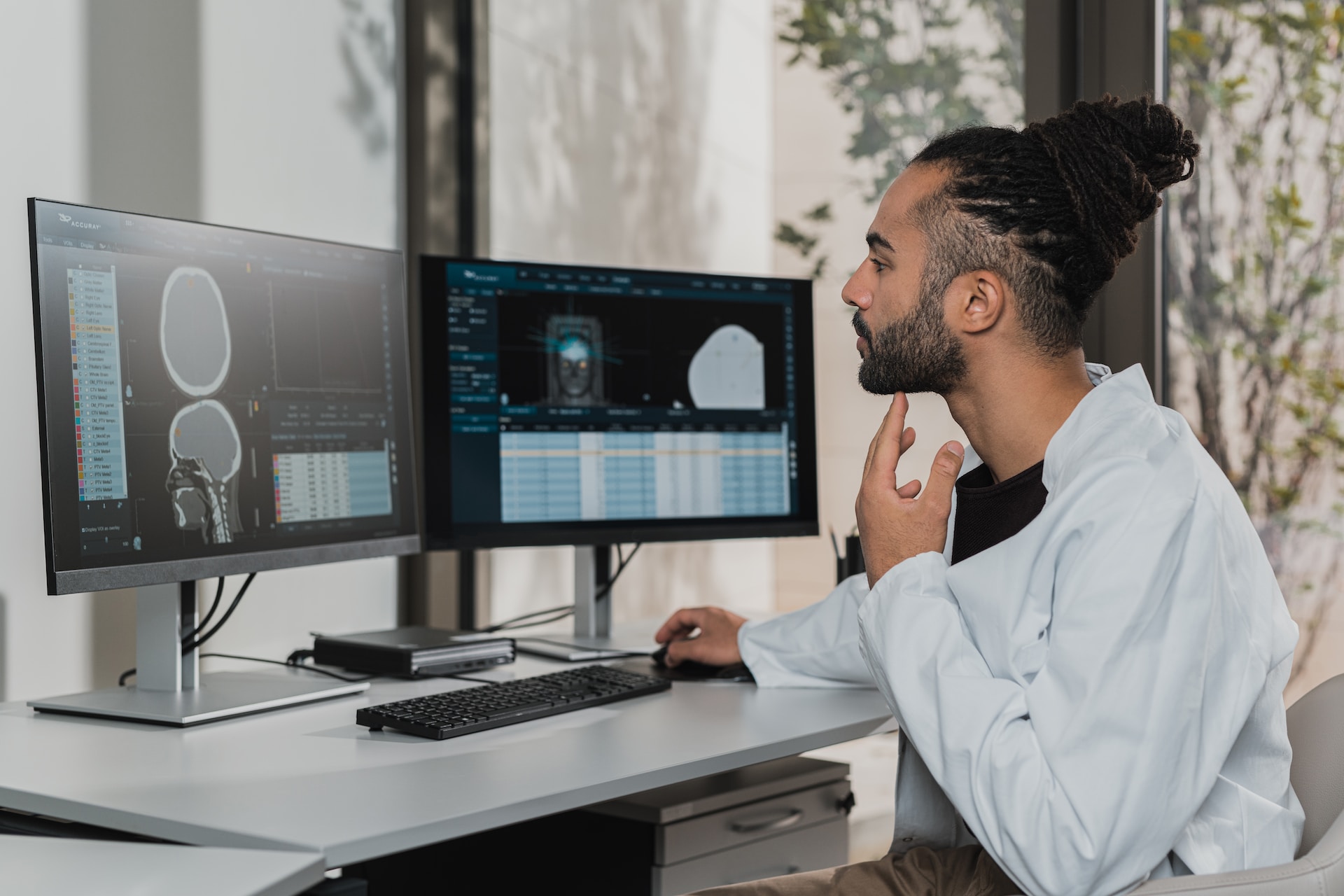Health care has been revolutionized during the last decade by technological advancements in diagnosis, prevention, and treatment. As a result of harsher worldwide circumstances and the growing need for easily accessible and high-quality medical services, we have seen a meteoric rise in AI-driven technologies and the digitalization of healthcare processes.
As we go forward into the future, it will be important to remember the forces shaping healthcare technology in the year 2023. Legacy software and infrastructure are essential for the smooth operation of contemporary healthcare facilities, but it’s crucial to think about how it might work with newer technology or be phased out in favour of more robust alternatives. Performance, efficiency, productivity, and security should all be prioritized without compromising accessibility or dependability.
Let’s take a look at the most essential technologies that have the ability to revolutionise your business if you’re ready to examine the tech advancements pushing the healthcare sector towards digital transformation this year.
Generative AI
ChatGPT is just one example of generative AI that’s improving business results and changing the way we tackle difficult challenges. The medical field is no different. Rising expenses and a lack of trained personnel are two of the many threats to the healthcare industry’s efforts to improve patient outcomes, better the quality of care, and speed up the development of novel medicines.
With the advent of Generative AI, the landscape may soon shift. Content such as text, application code, synthetic data, photos, video, audio, or a mix of these may now be generated by a new class of AI applications known as generative AI.
There are several openings for the use of generative AI in healthcare. Some areas where improvement is made possible are:
- Patient experience
- IoMT devices
- Patient outcome
- Healthcare administration
- Practitioner experience
- Research
As the scope of AI’s potential becomes clearer, it’s predicted that investment in AI software in the healthcare industry would increase by 40% this year, from $4.4 billion in 2022 to roughly $6.2 billion. This is in line with the expansion of the industry as a whole, as artificial intelligence continues to be the fastest-growing workload in the data center, whether it is hosted on-premises, in the public cloud, or with a hybrid cloud architecture.
Medical Imaging Solutions
The diagnostic and treatment processes for many diseases and disorders have been greatly improved by medical imaging solutions. Because of technological breakthroughs, healthcare practitioners may now examine and study comprehensive pictures of a patient’s inside anatomy without intrusive treatments. Technologies including X-rays, CT scans, MRI, ultrasound, and PET scans are all part of the medical imaging solution spectrum.
These imaging systems provide a non-invasive method for clinicians to make diagnoses, track the development of illnesses, and direct therapy. MRIs give comprehensive pictures of the brain, spine, and joints, while CT scans may spot malignancies, fractures, and internal bleeding. In addition, PET scans are used to diagnose cancer and other metabolic diseases, and ultrasound imaging is often used to monitor fetal growth throughout pregnancy.
Patients have fared better as a result of the availability of medical imaging technologies, which have cut down on exploratory operations and other costly treatments. This results in fewer problems for the patient and less money spent on healthcare overall. Artificial intelligence and other technologies have been incorporated into medical imaging systems, allowing doctors to better analyse pictures for quicker and more precise diagnoses.
3D Printing
In the last decade, 3D printing has skyrocketed in popularity. These revolutionary printers may be used to make implants and even joints for use in surgery, modernizing the medical field. Because of its complete customization to the patient, down to the millimetre, 3D-printed prostheses are becoming more popular. This paves the way for unprecedented ease and versatility in travel.
Preoperative surgical planning using 3D printing is also gaining popularity. Surgeons are now able to do surgeries they otherwise couldn’t because of the availability of lifelike anatomical models. The ability to plan and practice a difficult operation in advance with the help of 3D-printed models could improve success rates and decrease operative and recuperation times.
Printing allows for the production of both permanent and dissolvable objects. To assist patients to keep track of and manage their dosing for numerous medicines, 3D printing may be used to “print” multi-drug tablets.
Even more advanced medical use of 3D printing is bio-printing. The ability to regenerate skin cells for skin draughts for burn sufferers was revolutionary at the time, but it has now given way to even more promising avenues of research. Scientists have successfully fabricated blood arteries, synthetic ovaries, and even a pancreas.
These synthetic organs are implanted into the patient and allowed to mature there, taking the place of the failing natural organ. Millions of people each year rely on lifesaving transplants, thus the capacity to give artificial organs that are not rejected by the body’s immune system might be revolutionary.
Final Thoughts
The technological capabilities of the healthcare industry will continue to advance across the board as 2023 progresses. Cutting-edge and ever-evolving technologies will continue to boost healthcare quality and efficiency.
When it comes to determining how to modernize your healthcare business, both your time and your finances are on the line. Finding the proper enhancements that can cater to your specific requirements and help you achieve your goals is key.




















